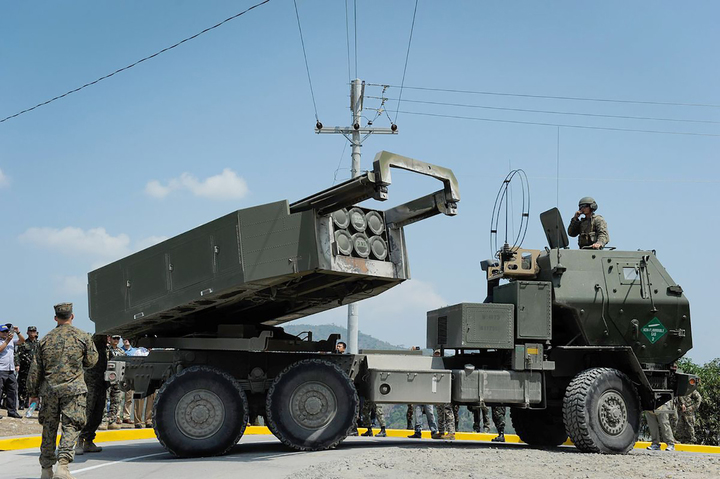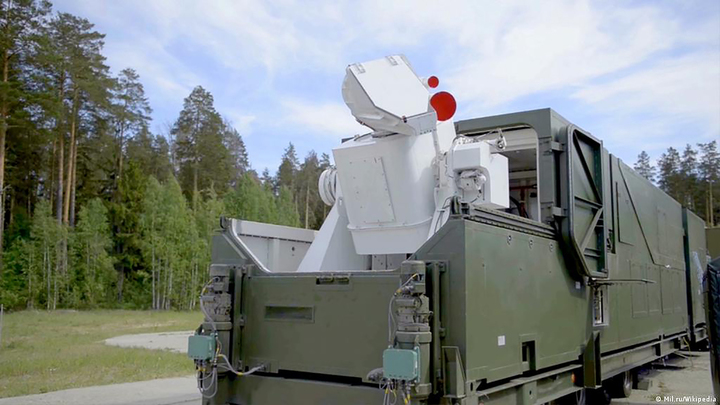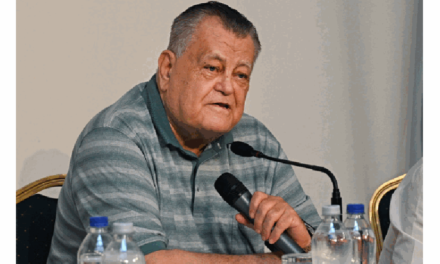The II. Since World War II, there has been no example of war in the traditional sense in Europe, so Ukraine quickly became a testing ground for modern weapons. Both the Russians and the Americans test their latest developments here, and the military doctrines that will determine the wars of the future are also born here. One can only hope that this is not a sign of an imminent world war.
Although many thought of it as a local conflict at the time, the Spanish Civil War that began in 1936 was actually a mock war for World War II, in which the participants tested new weapons and tactics. Germany, which was rapidly modernizing its armaments, sent the Condor Legion into battle on the Iberian Peninsula. Five squadrons with a hundred planes participated in it, and roughly 5,100 soldiers supported Franco 's fight, in addition to armored, reconnaissance and transport units. The Soviet Union, on the other hand, stood behind the republics and supported them with significant shipments of weapons and munitions, including 648 aircraft, 347 tanks and 60 armored cars, 1186 artillery pieces, and thousands of volunteer soldiers, including pilots and tank drivers. The war gave both the Soviet and the German side the opportunity to have their soldiers smell gunpowder, the Germans created the foundations of the Blitzkrieg and the method of drop bombing based on the combat experience gained here, as well as World War II. One of the most famous dive bombers of World War II, the Junkers Ju-87 Stuka, was also assembled based on the experiences in Spain.
Trial War 2.0
The war in Ukraine plays an eerily similar role now. It is no coincidence, since the clash of two regular armies in II. It was unprecedented on the continent since World War II. The wars in the Middle East of the 2000s were about asymmetric warfare, which pushed many capabilities into the background. The pursuit of Afghan fighters hiding in the mountains was little useful testing ground for a modern tank or self-propelled gun.
It is also worth taking a look at the Hungarian Armed Forces. The special operations forces are extremely well trained and armed, while the Leopard tanks have only recently started arriving from Germany, and the development of the artillery is also the result of the last year or two. Only the first salvos of the new Panzerhaubitze 2000 self-propelled howitzers have arrived, but a couple of outdated Soviet-made D-20 152-millimeter towed howitzers have preserved the memory of this long-standing weapon.
However, now that two traditional armies are clashing, the types of combat equipment that were previously relegated to the background have suddenly become more valuable, so military decision-makers and analysts from the United States to China are watching the events with a wary eye, as many new weapons are now undergoing the baptism of fire, as well as new military doctrines are formed.

HIMARS rocket launcher. Source demokrata.hu
War in heaven and on earth
War is almost full-spectrum in terms of the weapons deployed, as it takes place in most operational locations, on land, in the air, on water, and in cyberspace. Only space-based weapons have been left out so far, although both the Russians and the Americans behind the Ukrainians have them. Before February 24th, the average person had hardly heard of HIMARS or the Javelin and NLAW. These were not needed in Afghanistan, because the Taliban did not have armored forces, but the endless columns of Russian tanks in Ukraine became ideal targets for modern anti-tank missiles. And although the Russians prefer to spare their truly modern military technology, there are plenty of examples of them trying it out on the battlefield. A good example of this is the use of laser weapons against Western military technology.
According to Russian government sources, this is a prototype of a drone-destroying laser weapon, the Zadira, which can set drones on fire in five seconds, from a distance of up to five kilometers, or the system called Peresvet (in our opening image), which can block drones up to 1,500 km above the Earth orbiting satellites, and almost hypersonic missiles were also deployed.
Combat procedures are also measured. In the first days of the war, the Russian forces were spectacularly open with a modern, deep warfare, but the Ukrainians, who are very strong in close combat and have serious anti-tank capabilities thanks to American support, pulled through their calculations in less than two weeks. Of course, this is partly due to the fact that Moscow launched an attack with a very small army of 200,000 in comparison to an operation of this size, which proved to be insufficient against the 240,000-strong Ukrainian force at the time.
As a result of the failures, however, they switched in May and returned to their historical method, the grinding war, in which artillery has been playing the main role for months now. And this, albeit slowly, brings results. But it requires predictable and strong logistics to get the ammunition to the batteries. The United States responded by sending HIMARS to the front. With modern rocket launchers, the Ukrainians can fire at important Russian targets, including objects such as ammunition or fuel depots, thereby reducing Russian artillery superiority. It was in the world press when there was an explosion on the Crimean peninsula, Russian sources were talking about the destruction of an ammunition warehouse. The Pentagon, on the other hand, claimed that modern anti-radar missiles were sent to Ukraine.
Also worthy of mention are the sabotage actions carried out by the Russians in areas occupied by the Russians, for which NATO has developed an official procedure the "operational concept of resistance ", which includes everything from Molotov cocktail attacks to the involvement of the population in violent acts. This can be attributed to the series of guerrilla attacks against Russian or pro-Russian civil leaders in the Kherson area. Recently, for example, a pro-Russian Ukrainian politician was executed with a shotgun, and his partner's throat was slit, which was probably used to create chaos before the referendum in Kherson scheduled for September.
Tanks and artillery hold out
When photos of shot down Russian tanks flooded social media in the first weeks of the war, many people were already talking about the last days of tanks. But has the time really come to retire armored vehicles for good, or will they still have a place in the armies of the future after some development? As we wrote earlier, the high Russian tank losses can primarily be attributed to shortcomings in military leadership and intelligence. Based on what we have seen, it is premature to say that the weapon is obsolete, even though modern anti-tank weapons and drones shoot out the old Soviet-made tanks in Ukraine, it is precisely on the basis of the experiences here that the major Western arms manufacturers determine the future directions of tank development. The manufacturers are monitoring the events, Rheinmetall has already announced that the new Panther tank is being produced, and they are also working on the wrinkled Abrams in the United States.
The Ukrainian war is a huge, bloody experiment, but did it break out so that the great powers could test their arsenal? Of course not, just as the Spanish Civil War was never started by this intention. It is certain, however, that the military decision-makers are watching with prying eyes how the modern weapons handed over as support play out. A few months after the Spanish Civil War, World War II began. world War. We can only hope that another world conflagration will not follow the trial war of our time.
Our opening picture shows the Peresvet laser weapon
Source: demokrata.hu













